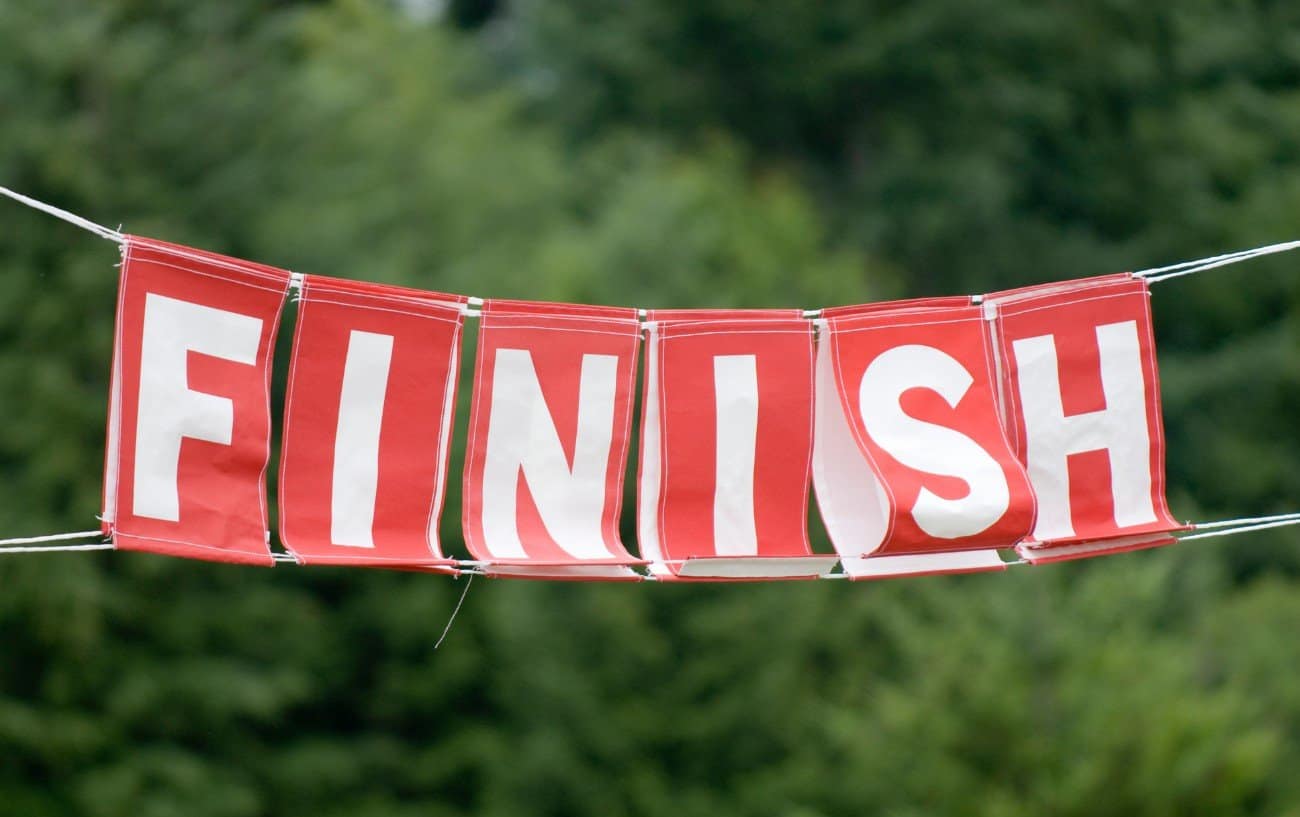How long is a 100k in miles?
100 kilometers is 62.13 miles.
This is 49 more miles than a half-marathon, 36 miles more than a marathon, and even if you have begun ultrarunning, the 100k race distance is 31 miles further than a 50k.
Especially if you are jumping up from the marathon distance, preparing for a 100k trail race will require much longer runs than you needed with marathon training.
As a certified ultra running coach and a competitive ultrarunner myself, I have put together tips for how to train for a 100k trail running race, what you can expect in terms of the amount of time it takes to prepare for a 100k ultra, and how to pick the best 100k ultramarathon.
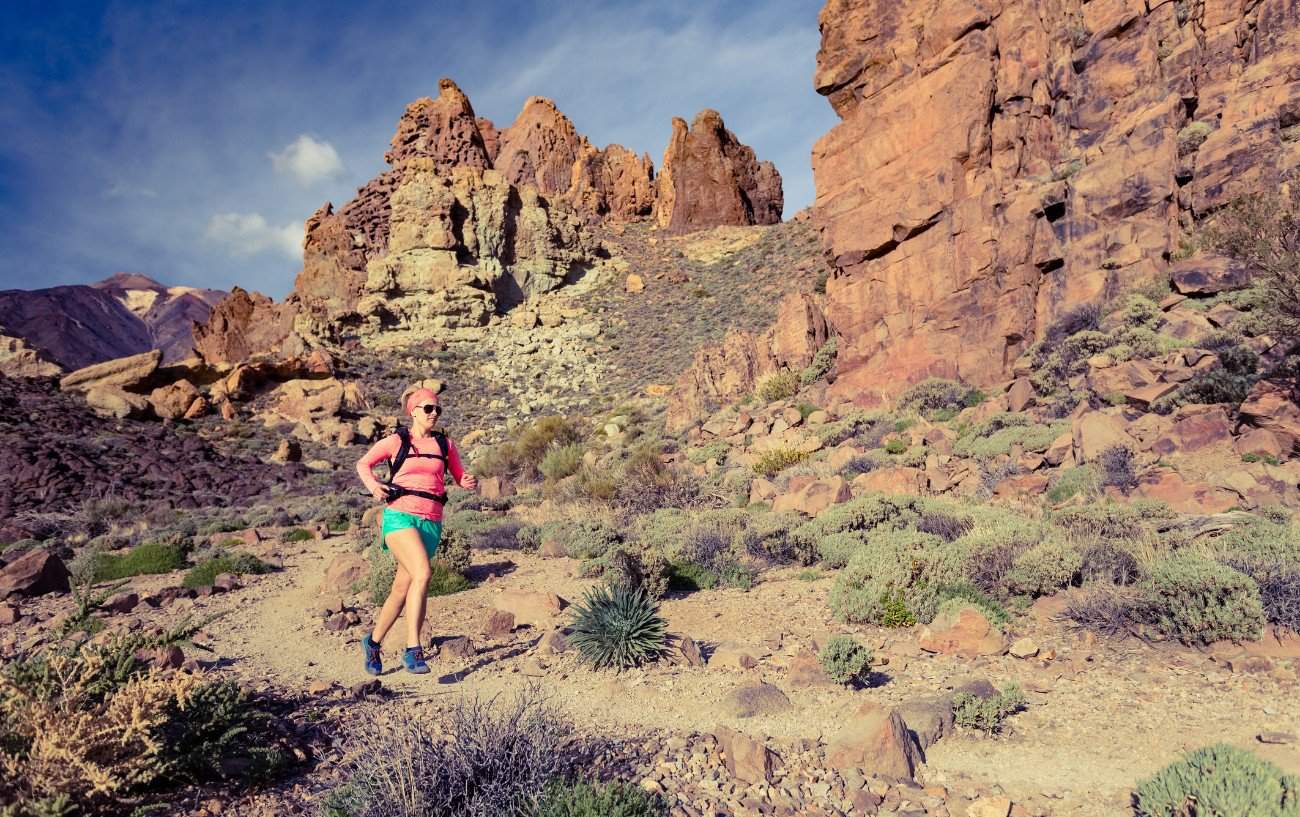
How Do I Know I’m Ready to Train for a 100k Race?
You Have Run Lower Mileage Ultras With Success
I suggest that before taking on the 100k distance, you few ultra distances under your belt.
Augmenting your volume progressively will allow your body to adapt much better than, say, jumping from a marathon to a 100k in one swoop.
Hit those distance running milestones and gain some running experience with ultra to help you build up to the 100k race distance.
Ideally, running a couple of 80k or 50 milers would be a great start. That way, you’ll only be adding on another 20k, which is still a lot, by the way!
If you plan to take a more significant leap, it’s essential to have at least a couple of 50k races to break in the ultra distance because these long distances are really their own beast relative to the marathon.
It would be best to have finished these 50ks feeling pretty good.
If you barely crossed the finish line or were struggling by the 25 mile mark, first take some more time to improve your lower-mileage race times, so you jump into longer ultras a bit more prepared and don’t risk burnout and injury from the 100k training workouts and race itself.
You Can Dedicate Enough Time to Your Training
To properly train for a 100k, you need to dedicate plenty of time to it. Training-wise, you need at least 5 days of running and 2 days of weight training per week, and cross training is key as well.
But that’s not all, not even close.
Ensure you can sleep 8-9 hours a night, plan and eat healthy meals and snacks, and dedicate your weekends to your back-to-back long training runs.
You’ll also have to plan sports massages at least once per month and plenty of preventative foot care.
It’s a big commitment, but any ultra-marathoner will tell you that it’s definitely worth it. Remember, 100 km is a long haul so you want your body and mind to be prepared, healthy, and strong.
After ticking these boxes, we are ready to choose our first goal 100k race!
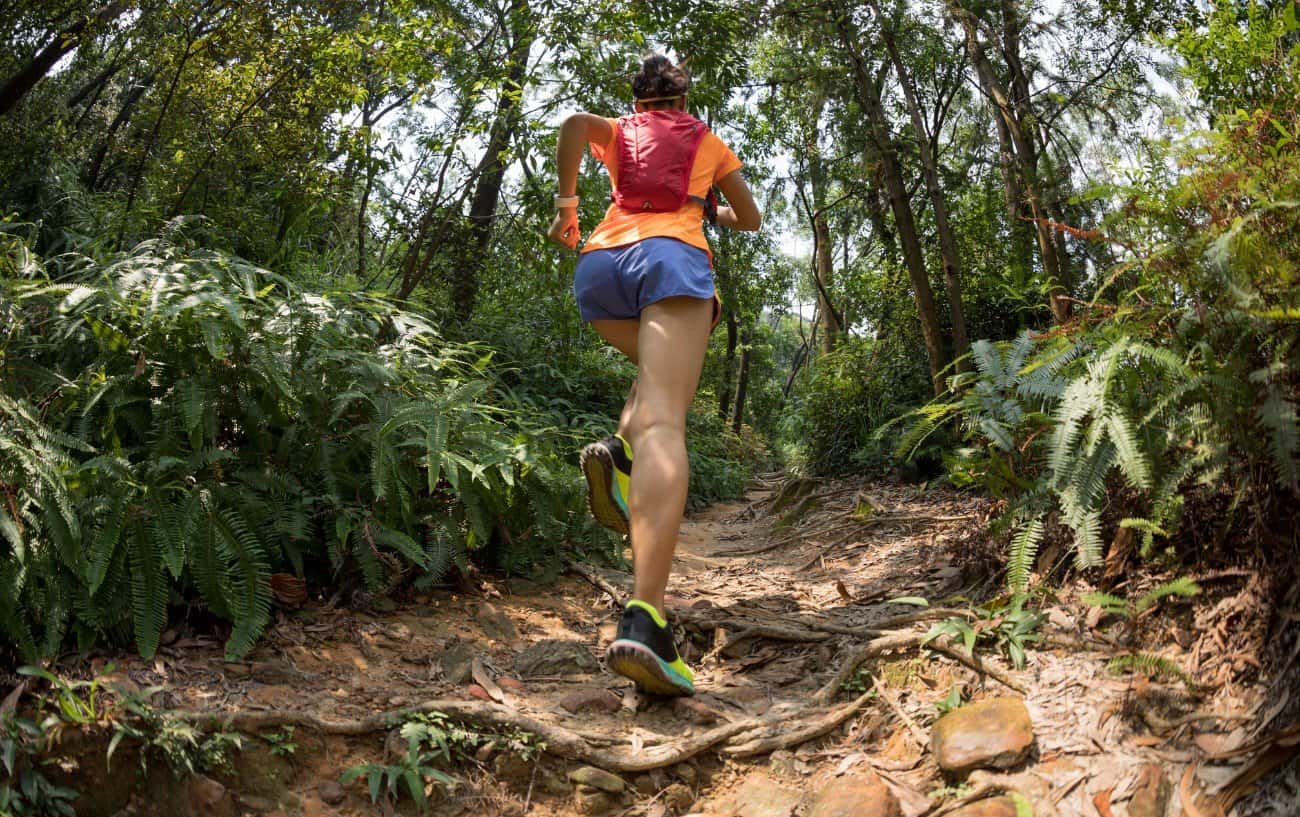
How Should I Choose My First 100k?
When choosing your very first 100k, or 62.13-mile race, you want to avoid selecting any that include over-the-top, incredibly challenging factors such as extreme climate or altitude conditions. Leave these crazy ones for when you are more experienced.
You want to have the best experience possible during your first 100k, so choose your race wisely. To do so, you need to do your research.
There are some handy websites, such as ultra sign up, where you can see what races are out there.
You can search by location, date, distance, and even difficulty. After it sorts through your first filter, leisurely browse through each one and its details, choosing which best suits you, your schedule, and your fitness level.
Here are some factors to consider when choosing your first 100k:
#1: Choose a Climate That is Comfortable For You
Each of us will vary with what feels comfortable.
Still, statistically, cooler weather improves performance.
Studies1El Helou, N., Tafflet, M., Berthelot, G., Tolaini, J., Marc, A., Guillaume, M., Hausswirth, C., & Toussaint, J.-F. (2012). Impact of Environmental Parameters on Marathon Running Performance. PLoS ONE, 7(5), e37407. https://doi.org/10.1371/journal.pone.0037407 show that the ideal temperature for optimal performance is just under 50 degrees Fahrenheit.
#2: Choose a Terrain You Can Simulate in Your Training
Depending on where you live, your surroundings may limit which types of terrains you can train. Choose a race where you will be able to run your long runs in similar terrain near your home.
Of course, less technical terrain will be easier than running through mud, rocks, roots, rivers, or sand which can substantially slow down your pace and increase your total time.
Whatever you end up choosing, be sure and incorporate that specific terrain type into your training so you can improve your technical skills on the trails and show up prepared.

#3: Note The Altitude
If you live at sea level, you will not want to choose your first 100k in a place that sits at 3,000 meters. There’s no knowing how you will feel at a higher altitude, but chances are, not too well.
At higher altitudes, your body needs to work harder to pump oxygen to your muscles, raising your heart rate and making your breathing labored.
Choose an area similar in altitude to where you live so your body is already adapted and doesn’t have to fight against another tricky factor.
It’s going to be challenging enough just getting through the 100k!
#4: Look at the Vertical Gain
While coming across hills during an ultra can be a relief, as you get a chance to hike instead of run, you’ll want to limit the vertical gain for your first 100k.
To understand how vertical gain can affect your time in an ultra, we can use ITRA’s kilometer effort conversion equation.
For every 100 meters of vertical gain = 1 flat kilometer of time
Let’s look at an example:
Suppose you are running in Florida, where it’s pancake flat, at an average of 6:00min/kilometer.
Your 100k has 3,000 meters of total vertical gain. In that case, we add 30 kilometers of flat kilometers to your time.
It would be as if you were running a 130-kilometer flat race.
130 x 6 minutes = 13 hours.
Not only that, but to estimate a possible finish time, you also need to consider tricky terrain, weather, and simply getting fatigued as you advance in the race.
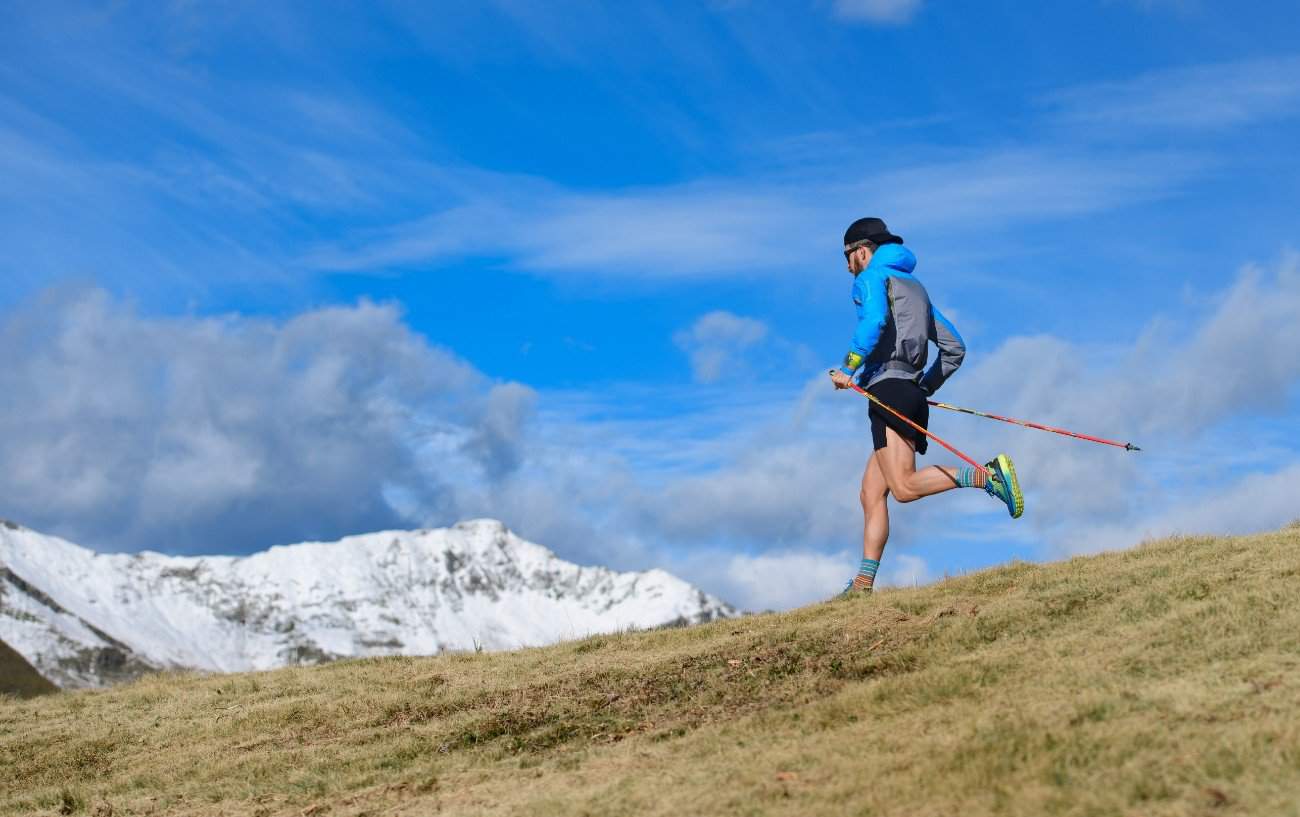
#5: Choose an Advantageous Course Type
There are several different ultramarathon course types to choose from: out and backs, single loops, multiple loops, and point-to-point.
Each route type has pros and cons, so choose which suits you best.
I suggest running a single loop or point-to-point route for your first 100k. These course types are the most interesting as you never run through the same place twice, and they don’t tempt you to call it quits early in the game.
A multiple-loop race may be risky as you pass through the start/finish line and the same aid stations several times.
If you feel even a little bit down, you might be compelled to stay at the start/finish line before actually completing the race.
The most important thing is not to feel overwhelmed by all of these factors but understand each one so you can choose your first 100k race accordingly.
In the following table, I have compared two 100k races: Black Canyon 100k and Ultra Trail Mont Blanc CCC 101k.
Check them out and see for yourself how these differences have affected the course records.
Race Comparison: Black Canyon 100k & UTMB CCC 101k
| Race | Elevation Gain | Altitude | Terrain | Climate | Course Records |
| Black Canyon 100k Arizona, USA | 1,223 meters 4,012 ft (This race has more total elevation loss than gain) Decent: 1,873 meters 6,145 ft | 614 – 1,346 meters 2,014 – 4,416 ft | Single track trail, jeep roads, and pieces of an old stagecoach route | Cool weather that can dip to 30 degrees Fahrenheit in the morning | Male: 7:20 Female: 8:38 |
| UTMB CCC Italy, Switzerland & France | 6,100 meters 20,013 ft | Cool weather that can dip to 30 degrees Fahrenheit in the morning | Steep paths Stone fields | Potentially difficult weather conditions: wind, cold, rain or snow | Male: 10:23 Female: 11:57 |
Looking at this table, we can see significant differences between the two races. It’s not to say that either is “easy,” however, we can appreciate the characteristics that may make one less challenging than the other.
You can also look at ultrarunning forums and read race reviews to get a better feel of what each 100k race is like.
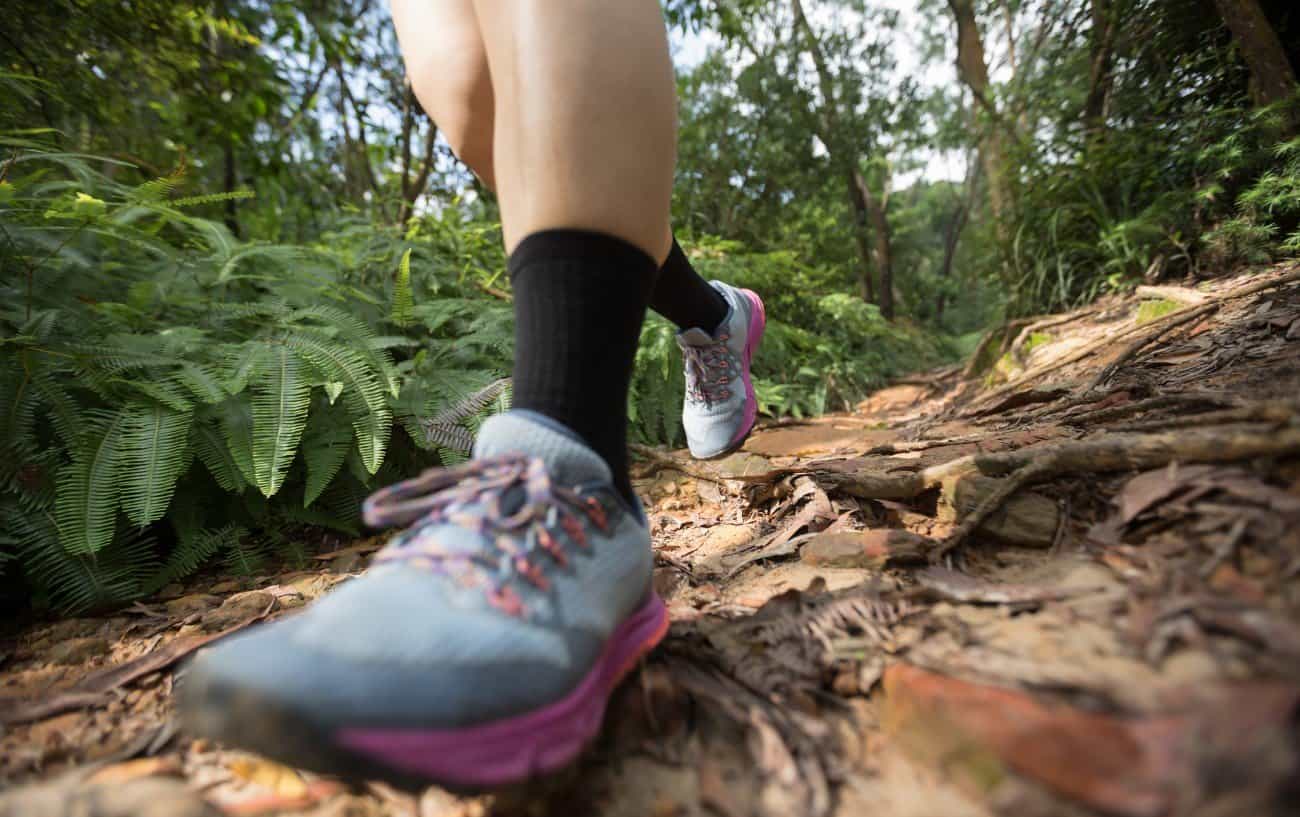
How Do You Train for a 100k Ultra?
Now you’ve chosen your race, here are 5 training tips for your first 100k!
#1: Simulate Race Conditions
Especially on long runs, find places where you can simulate your race conditions: terrain type, elevation gain and loss, weather, and altitude. It will prepare you well for race day as you will be familiar with what’s to come.
#2: Learn to Fuel
Perhaps in shorter races, runners can get away with not dominating their fueling strategy. However, in a 100k race, this is non-negotiable.
Begin by calculating your fluid loss and carbohydrate needs per hour.
Take a sweat test to calculate your hydration, and use the following equation to calculate your carbohydrates needed:
Weight in kilos = carbs per hour
Practice using different combinations of products to see what works for you: gels, energy bars, gummies, hydration with carbohydrates, or even sandwiches!
Training your fueling is trial and error, but you will find out what works best if you keep practicing.
I can’t stress enough how important it is to perfect your fueling and hydration strategy long before race day. You will need constant energy to help get you to that finish line.
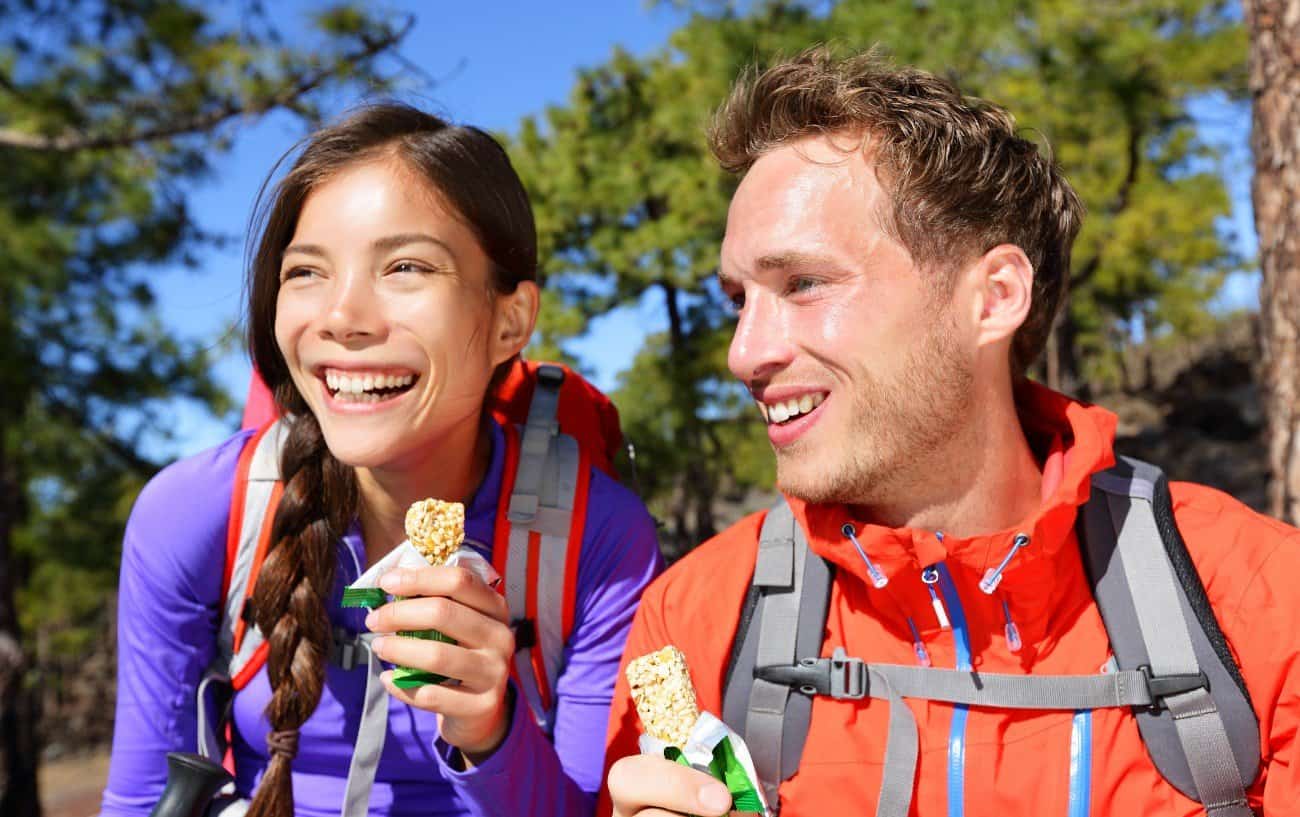
#3: Follow a Training Plan
Stick to your training plan as closely as possible.
Ensuring you have put in the time and mileage will make you feel confident and prepared for race day.
#4 Organize Your Schedule
To fit everything in, be sure and set up a schedule with your training, sleep, meals, snacks, physical therapy, massages, and foot care. You don’t want to let anything slip!

#5: Have Fun!
Even though training for 100k races is a considerable challenge, enjoy the process.
We run because we love to run. It’s something we choose to do, for fun!
So on those tough days, smile and remember why you are doing this. Imagine the finish line and how incredible it will feel when you cross it.
What are you waiting for? Let’s get training! We have some training plans here for you to take a look at!
